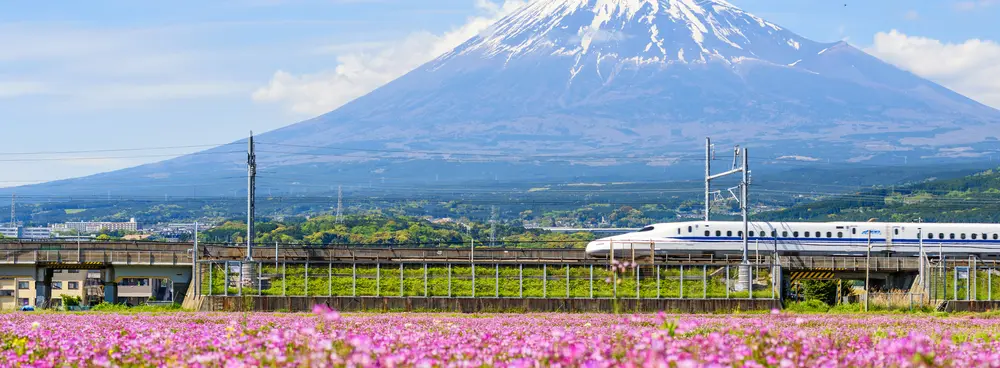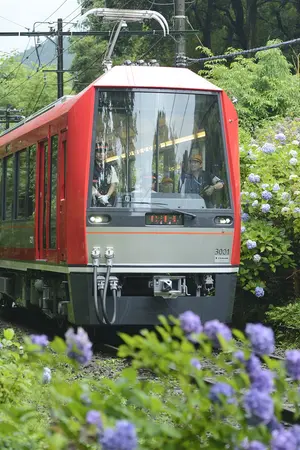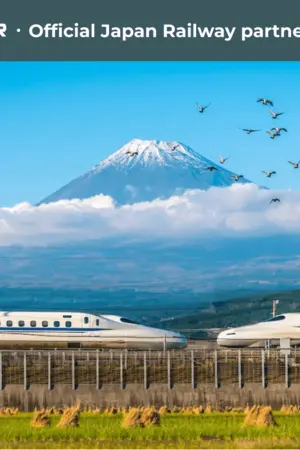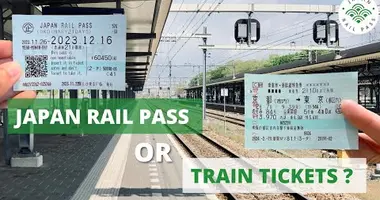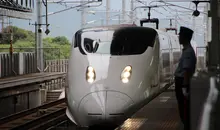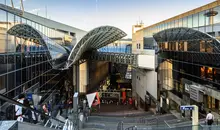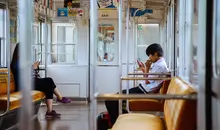Up to 72 hours before departure, you can modify your booking one time free of charge or cancel your booking (with a 15% cancellation fee). Please find more details below.
- How can I cancel or modify my booking?
You can cancel or modify your tickets by contacting Japan Experience by phone or email.
Modifications and cancellation are not possible in stations, neither at ticket machines (even those with a QR code reader) nor at JR counters (except when mentioned by our assistance*).
- What are the cancellation conditions?
You can cancel your train tickets up to 72 hours before departure, with a 15% cancellation fee applied. Past 72 hours before departure, no cancellation can be done.
If you have missed your train, your tickets allow you to board any train on the same route in the same day – in non-reserved seat cars only.
- What are the modification conditions?
You can modify your booking for free one time up to 72 hours before departure. Any extra modification will result in booking cancellation to make a new order, with a 15% cancellation fee applied.
Past 72 hours before departure, no modifications can be done.
If you want to modify:
- Seat and/or departure time (for e-tickets or e-voucher before paper tickets issued): Japan Experience can modify your booking for free, one time per booking.
- Departure date and/or ticket class: Japan Experience allows you to change your departure date/ticket class free of charge by canceling your order without fees in order to make a new booking. Please note that a new date in a higher travel season or an upper class will result in a price difference.
- Adding or removing passengers from the booking: Adding a passenger is free of charge, you only need to pay the extra ticket price. Removing a passenger equals to canceling the booking for that passenger only, cancellation conditions apply for the removed passenger ticket (15% fee).
- Departure station/arrival station: This change equals a cancellation, with a 15% cancellation fee applied.
*For the rare and only case of cancellation for e-voucher after paper tickets have been issued, you need to request a cancellation at Japan Railways counters (not machines) in stations, up to 10 minutes before departure. JR will refund you around 70% of your order, in cash (JPY ¥). Modifications at JR machines or counters in stations are also possible up to 10 minutes before departure (some fees may apply).
